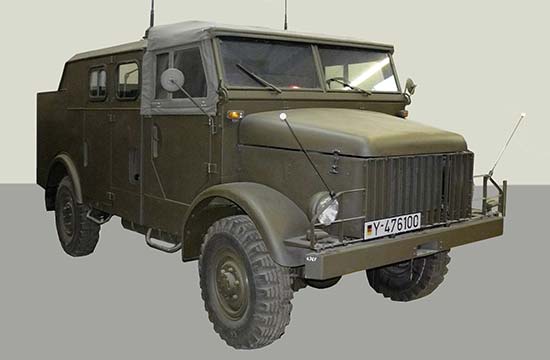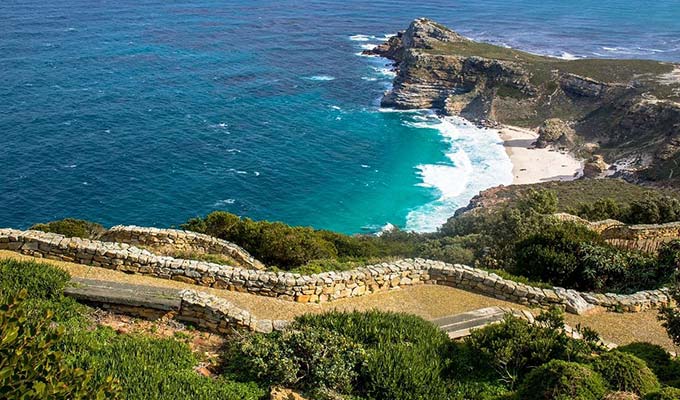
116, Part 1. The Civilized Massacre
In the early 1970s, I became involved with a small group of like-minded friends who wanted to achieve two things: namely, make a difference and make some money in the process. We had all been captivated by the words of a visiting American “entrepreneur,” let’s just call him John, who claimed that he could put together a group of people with entirely different skills and enable them to make big money. The experiment was a disaster. I ended up doing tele-sales, selling plastic raincoats and later some kind of exotic tea.
One good thing did come from all that insanity, John suddenly got the idea that I should actually make films. Where did he get that idea from, I wonder? Heh, heh! Anyway, we set up Triangle Films and put together a short film which told the story of Jan van Reibeeck’s arrival in the Cape of Good Hope in 1652. I cannot even remember what our “guru” John had in mind for marketing the thing, but like all his weird plans it was clearly going nowhere. In desperation I thought about making a film that we could sell. Hero and I had recently spent an enjoyable evening at a theater where American filmmaker Ron Shanin was showing a wildlife documentary but without a soundtrack. Instead, he stood beside the screen and narrated the film live. The wildlife footage was pretty good and his narration was both informative and amusing.
Afterwards, it triggered an idea in my mind. South Africa, like most emerging economies, was beginning to be badly hit by pollution. At the same time in the early 1970s, we had many of the most advanced wildlife programs in the world to conserve our flora and fauna. There was a dramatic dichotomy between the conservation of our land and its unthinking and uncontrolled pollution. I figured that a film on the struggle between conserving and polluting our environment would be an important statement as well as a commercial success. Somehow, our mentally exhausted and disillusioned group, along with mad John, scraped together enough money for me to film at least some of the items I had written into my script. It was hoped that by doing so we could then raise a decent amount of money to complete it. In the back of my mind, I had the thought that we could cut the costs if we had to and I could narrate it live, in the same manner as Ron Shanin had done so successfully with his film.

With very little money I had to find a good cameraman, also some transport that could go into the wildest of wilds as well as accommodate the two of us, saving on hotels, etc. I think I found the transport first. It came in the shape of an elderly German Borgward Army truck that had been driven down Africa from Europe by a group of youngsters and was for sale for next to nothing. I drove it around the block in Johannesburg and simply bought it. In the meanwhile, I had been introduced to a Belgian cameraman, Pierre Koep, who was looking to get back into filming after working in some office job since arriving in South Africa. He owned two beautifully maintained Beaulieu 16 mm cameras. This was, of course, before the advent of video production!
Pierre agreed to join me on the initial trip to shoot enough footage to attract a serious investor. We set off for the Cape, with our respective wives wondering what kind of insane adventure their husbands were getting into now. Before we left Johannesburg, I had found a small lake beside the road to Muldersdrift, which epitomized the mess I feared we were inheriting. The lake was covered in green scum and hundreds of plastic bottles and other containers floating on the surface. It was then I came up with the name for our movie, “The Civilized Massacre.”
Anyway, Pierre and I set off on the thousand-mile journey to Cape Town. We soon discovered that our otherwise robust Borgward truck had two infuriating characteristics. It simply refused to go any faster than fifty miles an hour and the steering was loose. Whoever was driving had to constantly work at keeping the vehicle on our side of the road. It was exhausting but at least we had bunks to sleep in, so we took it in turns to drive, with the other one dozing in a bunk. I say dozing because the constant veering of the truck from one side to the other didn’t make for restful sleeping!
Arriving in Cape Town, my most favorite city in the world, we relaxed for a day recovering from the trip, whilst I called a lady by the name of Althea Westphal and made an appointment to film at her organization called SANCCOB (Southern African Foundation for the Conservation of Coastal Birds). Althea was a distant relative of mine on my mother’s side, but I’d never met her before. She had acquired a growing reputation in conservation circles for her work in saving seabirds, mostly penguins, from a certain death when they became saturated with oil from tankers rounding the Cape of Good Hope. During the 1967 “Six Day War” between Israel and the Arab states, the Suez Canal was closed. All shipping was rerouted down the west coast of Africa, around the Cape and back up the east coast.
In 1488, the Portuguese navigator and explorer, Bartolomeu Dias, was the first European to round the Cape which he appropriately named the Cape of Storms. Spillage from oil tankers increased alarmingly as the heavy seas around the Cape damaged these metal giants of the ocean. Althea started SANCCOB in the garage of her home and, with a team of dedicated volunteers, managed to save the lives of literally thousands of oil-soaked birds. We arrived the following day and filmed the process of cleaning the birds as well as interviewing Althea. While we were there, one of the young girls who had volunteered to do the cleaning of the birds was badly bitten by a penguin. They have very sharp beaks and no sense of gratitude!
For some decades, SANCCOB concentrated on rescue, rehabilitation and release of oil-injured, abandoned and oiled seabirds. It later expanded into proper premises and opened another base in Port Elizabeth (now renamed Gqeberha, a virtually unpronounceable Xhosa word) It obtained an international reputation for its work and in recent years has also grown into proactive conservation to save and protect Southern African seabirds.
When we finished filming at SANCCOB, I approached a local helicopter company that took provisions out to the oil tankers as they rounded the Cape. The tankers are far too big to enter Cape Town harbor so the choppers flew provisions out to them. We filmed the crew lowering a huge net full of supplies onto the deck, then the pilot said to us he was going to show us something spectacular. He should have added terrifying. The chopper flew away past the tanker then turned and dropped down to just a few feet from the ocean, with the tanker coming straight for us.
Not only was the sight of 250,000 tons of metal heading our way an incredibly frightening sight, but we could also actually hear the deep thudding noise of its massive engines over the noise of the chopper. The pilot held his position for only a few seconds. Pierre got a shot of the behemoth heading for us before the chopper rose and turned away back to Cape Town.
We then went to Cape Point, the most eastern arm of what is named as the Cape Peninsula, with Cape Town city on its western extremity. Table Mountain, which overlooks the city, is part of a mountain chain that runs all the way to Cape Point itself, a tall rocky finger that juts out into the last vestiges of the Atlantic Ocean before it runs into the Indian Ocean along the east coast of the country.

The area is cordoned off to form the Cape Point Nature Reserve. It is an incredibly beautiful and spectacular place with massive cliffs overlooking the wild seas of the Cape of Storms. The Reserve was well stocked with a variety of buck and antelopes as well as troops of baboons. It did not have any of the Big Five of the animal kingdom. It was the first time I had ever seen the bontebok, a lovely little creature smaller than a springbok but larger than an impala, with a fluffy white rear end. They were virtually extinct in the 1930s, but an intensive breeding program which saved the species took place in Swellendam about a hundred miles along the coast to the northeast.
The Nature Reserve also has a huge variety of fynbos (literally “fine bush” and extended to plants as well). The world is divided into six floral kingdoms with the Cape floral kingdom regarded as the most diverse and richest per area on the planet. There are 8,500 different species of fynbos, 6,000 of which are endemic (unique) to the region which extends across the peninsula to Table Mountain. It is regarded as an even richer source of plant life than the famed Malayan forests. Fynbos are largely small heather-like trees or shrubs. Many varieties of the South African national flower, the protea, are also prevalent in the area. Finishing off there, our next stop was Swellendam on the east coast.
Looking back, it occurs to me that during the twentieth century, many new inventions were developed – while at the same time it slowly began to dawn on the human species that they were also damaging the planet. South Africa was in many respects a leader in both conservation and pollution at the time. In much the same way, the development of ExoTech will be a world leader in the electronic media, whilst other existing systems are literally polluting our senses. Let’s make sure the good guys win!

